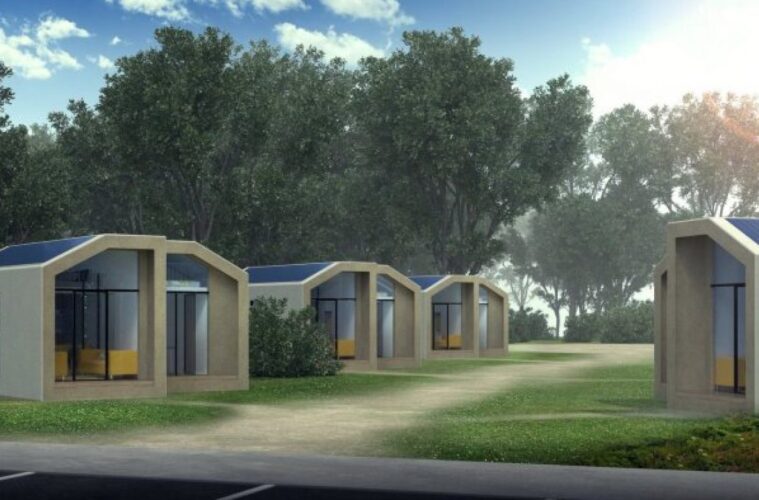Texas A&M University just received $3.47 million in funding from the Department of Energy (DOE) to make 3D printed hempcrete to aid in the construction of affordable housing, Marijuana Moment reports.
As it currently stands, this is one of the latest examples of the federal government embracing hemp (but, really, cannabis). So often, cannabis is written off by the feds as nothing more than a drug of abuse (yes, even hemp that does not get you stoned), but here we see our government embracing the potential for its industrial use. The goal of this endeavor is specifically to use hemp in 3D-printed engineering projects that are environmentally friendly.
The DOE’s Advanced Research Projects Agency-Energy (ARPA-E) Harnessing Emissions into Structures Taking Inputs from the Atmosphere (HESTIA) program is funding this project.
Hempcrete is made from a mix of hemp powder, fibers, lime, and water. It’s a durable but lightweight alternative for building materials, such as insulation inside walls.
“While production of conventional construction materials such as concrete requires large amounts of energy and releases large amounts of CO2 (carbon dioxide), hempcrete is a net carbon-negative material, which can provide major environmental benefits,” said Petros Sideris, an assistant professor at the university who will serve as the project’s principal investigator.
“Hempcrete has excellent fire resistance and thermal insulating properties that can reduce heating and cooling energy demands. It is water-resistant and offers good acoustic properties,” Sideris said. “The advancements of this project will contribute to the U.S. maintaining its worldwide leadership in advanced construction methods and infrastructure sustainability and resilient technologies.”
It’s worth noting that the term “hempcrete” is a misnomer, however. It’s much lighter than concrete, reacts differently to water than cement, and lacks concrete’s comprehensive strength. It’s not a one-to-one substitute, according to Bob Escher, architect and president of Escher Design in Vermont and founding member of the US Hemp Building Association, who told me this in an interview this past May.
The Texas A&M project is not the only project the Feds are funding to learn more about hempcrete. Last year, the Environmental Protection Agency (EPA) announced that it was awarding a Washington State-based company a $100,000 grant to help them develop hemp bricks.
The DOE is providing funding to a separate project to help develop hemp fiber that’s designed to be better for the environment and public health than conventional preparations are.
The future of hempcrete and hemp bricks is bright. They’re the avenue through which industrial hemp is currently receiving the most interest, and thus, funding for research. There’s a dearth in researching the applications of industrial hemp, so these government-funded experiments are a massive step in the right direction.


